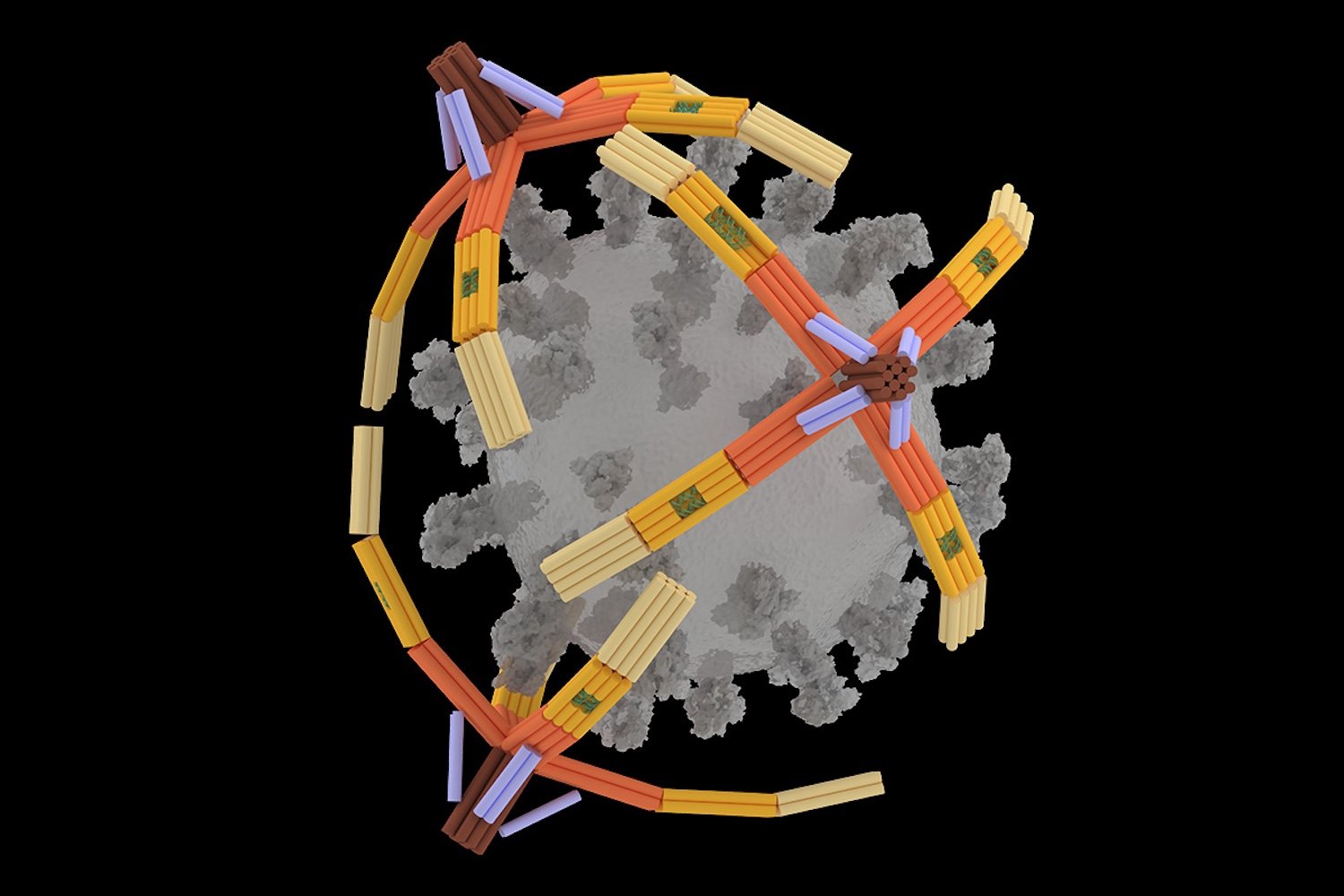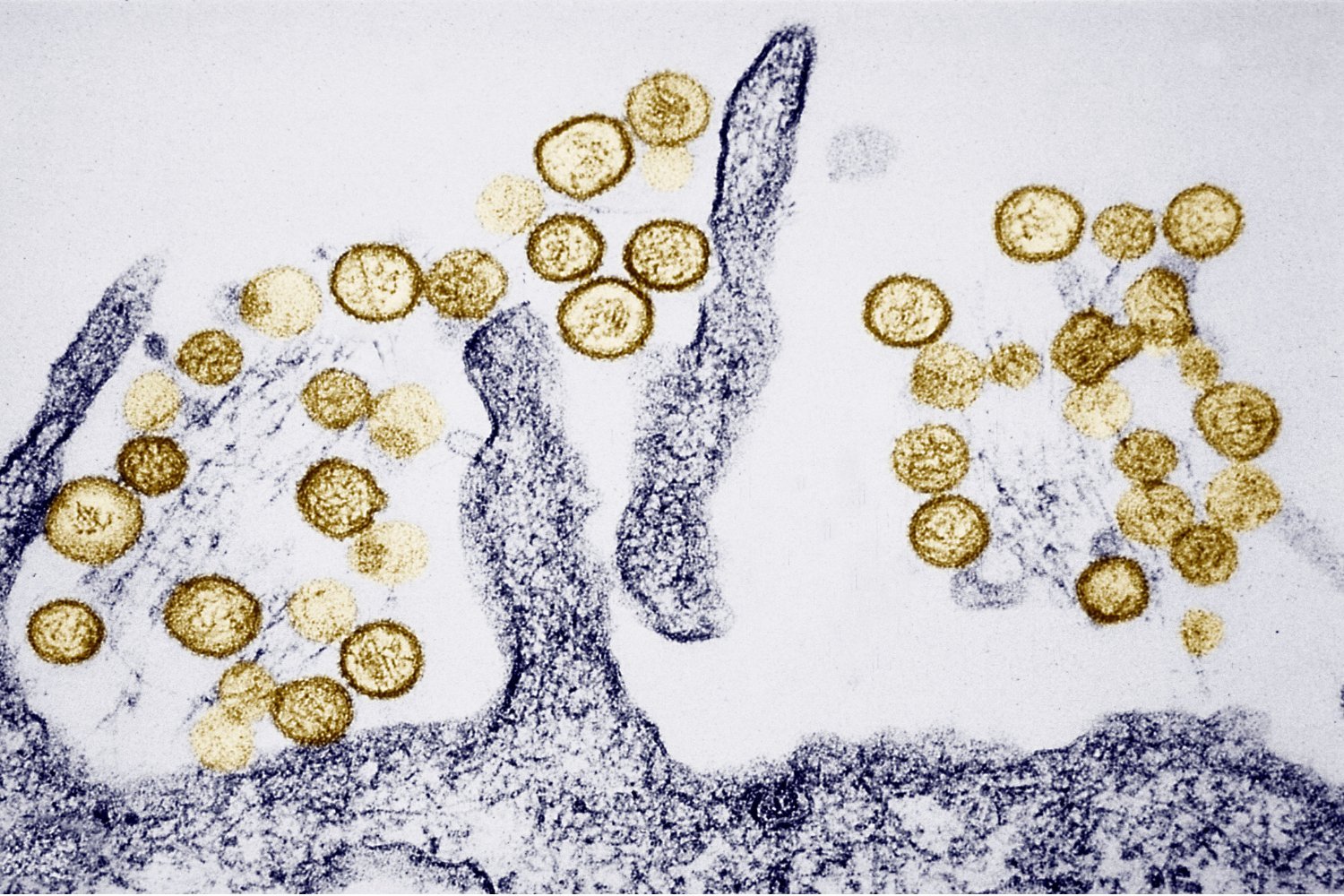A new COVID-19 variant, designated NB.1.8.1, is demonstrating rapid advancement across the United States. Recent data from the Centers for Disease Control and Prevention (CDC) indicates that this NB.1.8.1 variant is increasingly replacing other circulating coronavirus strains, prompting closer observation by health authorities.
NB.1.8.1 Variant Gains Traction in the U.S.
The CDC’s Nowcast data, updated for the two weeks ending June 7, estimates that the NB.1.8.1 variant is responsible for approximately 37% of all COVID-19 cases nationwide. This positions it closely behind the currently dominant LP.8.1 strain, which accounts for 38%. These figures highlight a significant increase in NB.1.8.1 prevalence since its initial detection last month, raising concerns about a potential resurgence of COVID-19 cases this summer.
International Monitoring and Spread of NB.1.8.1
Globally, the NB.1.8.1 variant is also under scrutiny. The World Health Organization (WHO) identified it as a variant of interest in mid-May, following its initial detection in late January. WHO data suggests that by early June, NB.1.8.1 accounted for roughly 25% of COVID-19 cases worldwide. This rise coincides with increasing COVID-19 activity in several regions, and the variant has been associated with recent spikes in cases and hospitalizations in some Asian countries, including China.
U.S. COVID-19 Metrics and NB.1.8.1 Severity
Despite the rise of NB.1.8.1, the overall COVID-19 situation in the U.S. has not yet shown signs of significant deterioration. The national COVID-19 test positivity rate stood at 3% in late week data, a slight increase from the prior week. Importantly, COVID-19-related hospitalizations and deaths have remained stable and at low levels. Current assessments suggest that the NB.1.8.1 variant does not cause more severe illness compared to other Omicron subvariants. As NB.1.8.1 is part of the Omicron lineage, updated vaccine boosters are anticipated to maintain their effectiveness against it.
Transmissibility, Immunity, and Expert Perspectives
Early indications suggest that the NB.1.8.1 variant may possess mutations enhancing its transmissibility, potentially enabling it to become the dominant strain. The relatively low COVID-19 circulation last winter in the U.S. and other regions could also contribute to a larger summer peak due to waning population immunity.
Edoardo Colzani, Head of the Respiratory Viruses unit at the European Center for Disease Prevention and Control (ECDC), stated in a recent release, “We do not anticipate the NB.1.8.1 variant to pose a greater public health risk than other Omicron-descendant variants, nor do we expect a significant impact on vaccine effectiveness against severe disease.” However, Colzani also cautioned, “following a winter with low SARS-CoV-2 circulation, population immunity against SARS-CoV-2 may have partly waned…potentially increasing vulnerability as virus activity rises.”
While widespread vaccination and acquired immunity have significantly reduced the overall threat from COVID-19, the emergence of variants like NB.1.8.1 underscores the need for ongoing vigilance. This summer may serve as a reminder to stay informed about evolving public health guidance and the persistent nature of the coronavirus.











